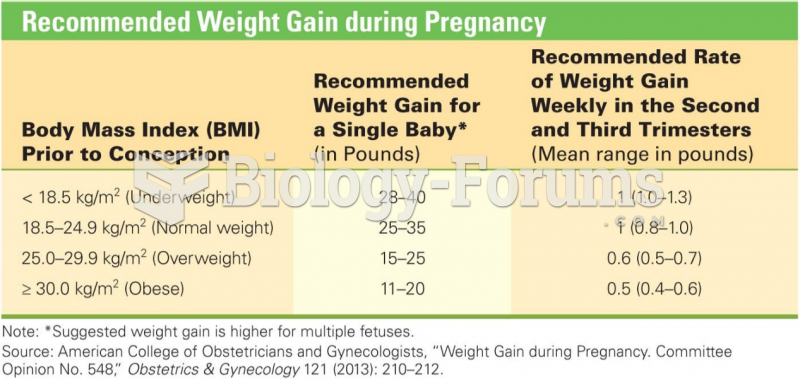|
|
|
If you could remove all of your skin, it would weigh up to 5 pounds.
Medication errors are three times higher among children and infants than with adults.
The highest suicide rate in the United States is among people ages 65 years and older. Almost 15% of people in this age group commit suicide every year.
Hypertension is a silent killer because it is deadly and has no significant early symptoms. The danger from hypertension is the extra load on the heart, which can lead to hypertensive heart disease and kidney damage. This occurs without any major symptoms until the high blood pressure becomes extreme. Regular blood pressure checks are an important method of catching hypertension before it can kill you.
The familiar sounds of your heart are made by the heart's valves as they open and close.







